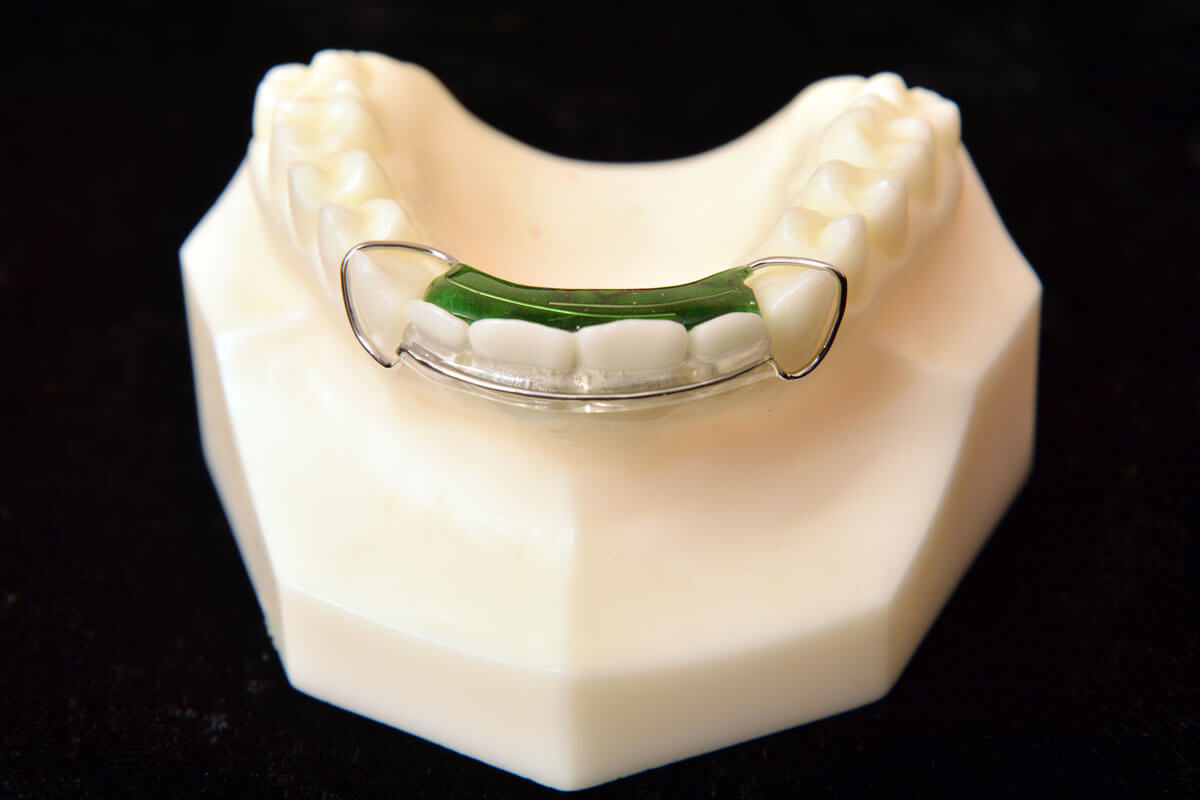

Could I wear an orthodontic retainer without braces? The idea of the retention phase goes back to 1945, and it has proven to keep your hard-earned results of treatment in good shape. Retention phase of the orthodontic treatment starts immediately after removal of orthodontic appliances - braces or Invisalign. The short answer is to prevent your teeth from going back to where they were initially located. Why do I need retainers after braces or aligners? Hold your teeth to avoid physiological tooth movement associated with aging.The retainer framework can be used to replace missing teeth with one or more fake teeth.To hold your teeth and prevent relapse after treatment.What do dental retainers do after braces or Invisalign do? The three main reasons to wear an orthodontic retainer are: Retianers are importnat to avoid wearing braces again. A retainer can also be worn to prevent unwanted normal tooth movement that comes with aging independent of having braces. Retainers are most often prescribed after the completion of orthodontic treatment when brackets are removed. What is an orthodontic retainer?Ī retainer after braces are used to hold teeth in place after we move them. Email me your question if I missed your question. In this post I am going to answer all the questions that patients, parents, or significant others ask about the importance of retainers. I noticed the same pattern of questions whether my client patient is a child, teen, or an adult. The retention phase is crucial to hold your smile and avoid the risk of more rounds of orthodontic care. The most frequently asked questions that I get circle around the retention phase of orthodontic treatment - it’s the part where you’re done with wearing your aligners or braces and are moving on to the next phase of the treatment. Bleach Capable: Can accept tooth whitening bleach acts as a bleaching tray.Orthodontic Retainers FAQ | retainer after braces or clear aligners (like Invisalign).Nightguard: Ability to cover chewing surfaces protection from night grinding.Can Close Space: Ability to close residual spaces created by Invisalign or Braces.Removable: Ability to be taken out of mouth & replaced without damage.Cleanable: Ability to use dental cleansers to rejuvenate surface appearance.Tooth Control: Ability to fully maintain/ retain tooth positions.Speech Quality: Impact on phonetics (especially “s” & “th” sounds).Invisible: Ability to avoid interpersonal detection.Hygienic: Tendency to accumulate plaque/tartar/food around teeth.Durable: Ability to withstand wear and tear as created by biting forces, handling forces, and thermal change (15 years to life = benchmark).The first service is not enough.Į = Excellent G = Good P = Poor PP = Very Poor

Keeping them perfect is a life-long service. After all, getting teeth perfect is a 6 to 12 month service. The “Forgiver Retainer” is one of the main keys of our long-term treatment success.

The “Forgiver Retainer” has been serving our patients for over a decade. It was named for this unique “forgiving” property……The “Forgiver Retainer.” While this retainer was superior to other retainers in many ways, it’s most impressive aspect was its ability to re-straighten teeth if the retainers were not worn enough (an unheard of property). Rizkallah designedand trademarked a retainer that solved the problems seen with other retainers. Utilizing his unusual degree in Orthodontic Biomaterials, Dr.

He needed something else to accomplish his retainer goals….something else to protect his work. Traditional retainers were harming his patients. Rizkallah found himself frustrated with their different weaknesses (easily broken, poor speech, poor hygiene, too passive, too visible, can’t be used as a night guard). The importance of a quality retainer cannot be overstated!Īfter spending many years using a variety of traditional retainers, Dr.


 0 kommentar(er)
0 kommentar(er)
